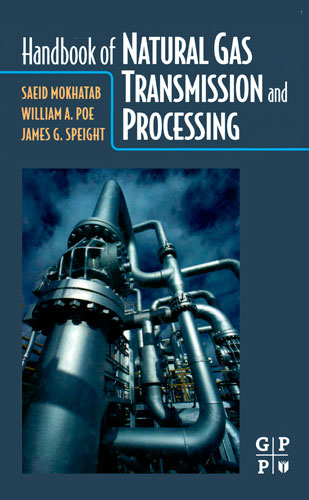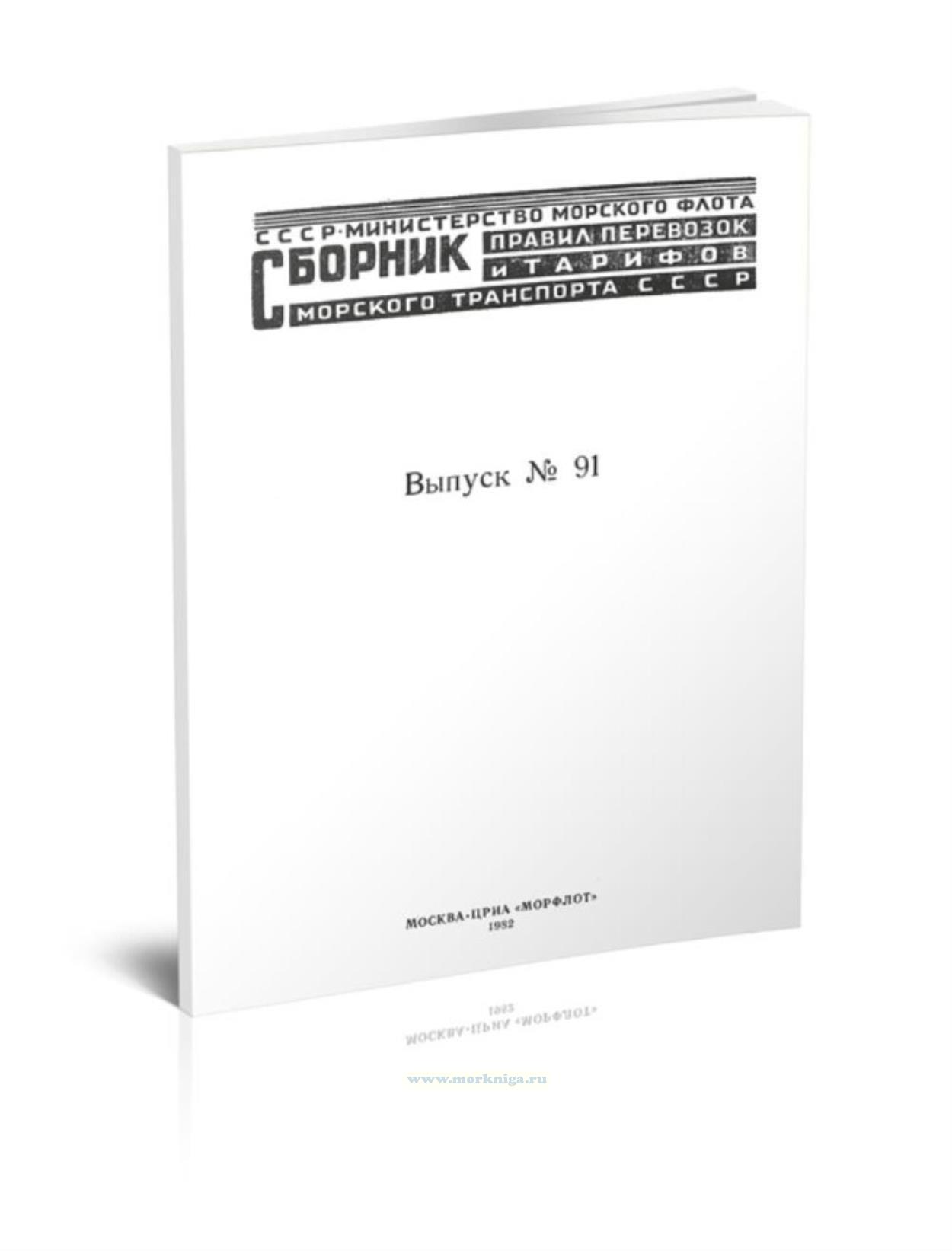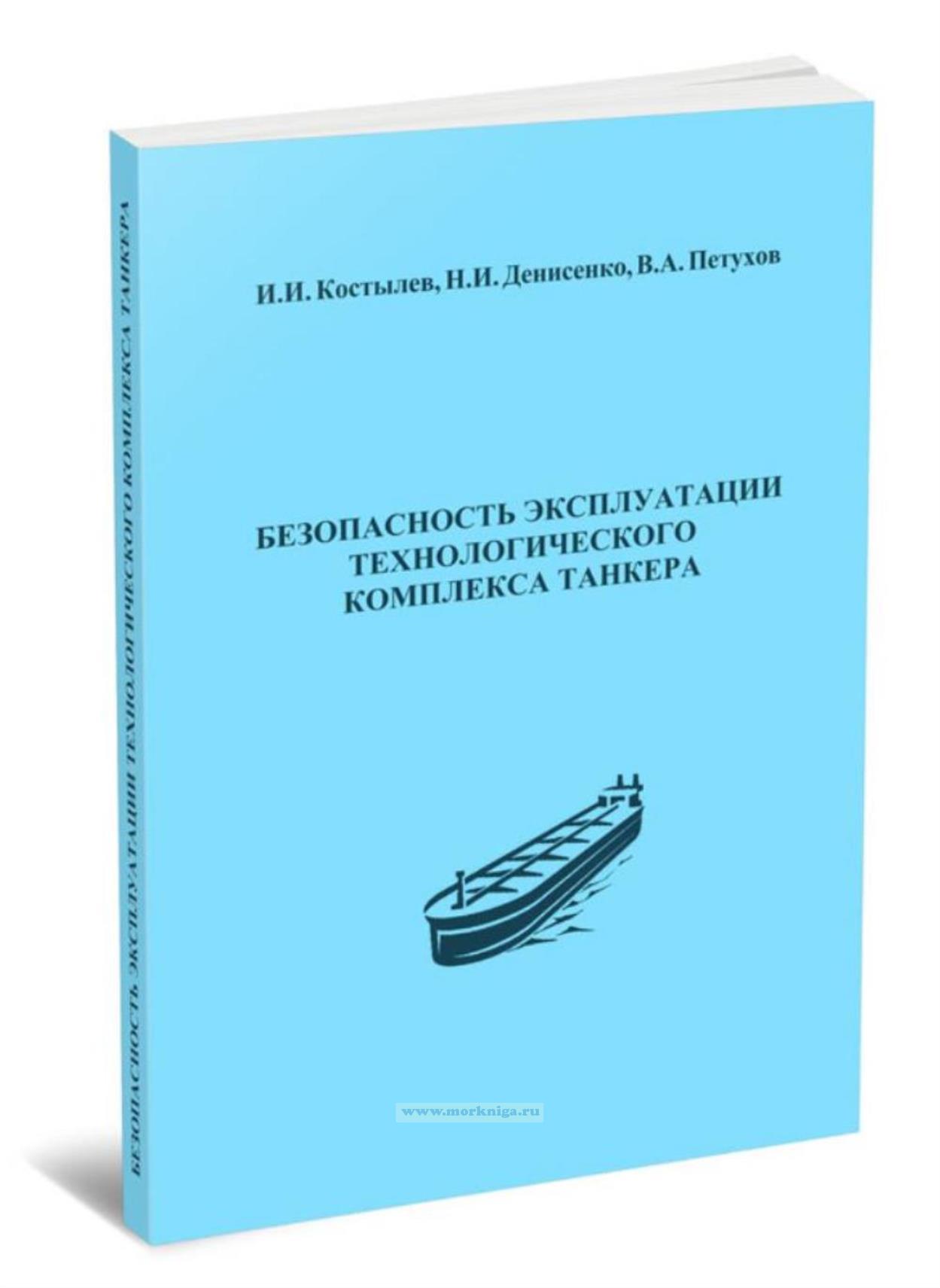Сб с 10 до 16
Handbook of natural gas transmission and processing/Справочник по транспортировке и переработке природного газа
Издание на английском языке
Natural gas is an emergent fuel of choice for environmentally aware due to the lower noxious emissions compared with other fossil fuels. Exploration activity by major multinational oil and gas companies is aimed increasingly to find gas in remote locations and in ever deeper ocean depths. Once a gas field has been discovered, the gas accumulation must be developed, produced, gathered, processed, and transported to the consumer. Transport of gas by pipelines to distant delivery points presents unique challenges of flow through long conduits. Processing of the gas to meet delivery specifications is required and this requires process systems design for each production facility.
With this book we have sought to provide a comprehensive technical text that reflects a broad spectrum of natural gas transmission and processing experience. This handbook has been written to assist both the novice and the experienced technical professional in natural gas engineering practice.
Emphasis is placed on developing the fundamental concepts and tools of the subject and on discussing basic applications for engineering purposes. To keep things interesting for the expert, we have sought to include the most current developments reported in the latest published works in the research journals. The selection of some of the material also reflects our own research involvement in problems related to natural gas engineering. We have also taken advantage of some authoritative publications and papers published in the recent years from different sources as well as standards and recommendations published by several research institutions. Therefore, readers are strongly recommended to study the references indicated in the text to find more details on each subject.
We hope you find the book comprehensive, clear and useful. If, through the use of this book, the engineer at study or in practice can gain a clearer insight into the solution of certain practical operating or design problems, which may arise from day to day, the authors will feel that they have been well repaid for their efforts.
Contents
Foreword
Preface
Acknowledgments
Author Biographical Sketches
1 Natural Gas Fundamental
1.1 Introduction
1.2 Natural Gas History
1.3 Natural Gas Origin and Composition
1.4 Gas Sources
1.4.1 Non-associated Gas
1.4.2 Associated Gas
1.4.3 Coal Bed Methane
1.5 Natural Gas Phase Behavior
1.6 Natural Gas Properties
1.6.1 Chemical and Physical Properties
1.6.2 Gas-Specific Gravity
1.6.3 Ideal and Real Gas Laws
1.6.4 Gas Formation Volume Factor
1.6.5 Gas Density
1.6.6 Isothermal Compressibility of Gases
1.6.7 Gas Viscosity
1.7 Quality
1.8 Transportation
1.8.1 Pipelines
1.8.2 Liquefied Natural Gas
1.8.3 Compressed Natural Gas
1.8.4 Gas to Solid
1.8.5 Gas to Power
1.8.6 Gas to Liquids
1.8.7 Gas to Commodity
References
2 Natural Gas Energy Pricing
2.1 Introduction
2.2 Energy Pricing, Supply, and Demand
2.3 Sustainability and the Increasing Fascination with Natural Gas
2.4 Is Natural Gas Always «Nonrenewable?»
2.5 U.S. Natural Gas: Pricing, Markets, Risk Management, and Supply
2.5.1 Some Features of Current Natural Gas Pricing in the United States
2.5.2 U.S. Energy Markets: The Regulation–Deregulation Nexus
2.5.3 Energy Price Volatility and Derivatives
2.5.4 Natural Gas Supply in North America
2.6 Natural Gas in Eurasia: The Special Position of Post-Soviet Russia
2.7 Looking to Nature for a New Model
References
3 Raw Gas Transmission
3.1 Introduction
3.2 Multiphase Flow Terminology
3.2.1 Superficial Velocity
3.2.2 Multiphase Flow Mixture Velocity
3.2.3 Holdup
3.2.4 Phase Velocity
3.2.5 Slip
3.2.6 Multiphase Flow Density
3.3 Multiphase Flow Regimes
3.3.1 Two-Phase Flow Regimes
3.3.2 Three-Phase Flow Regimes
3.4 Calculating Multiphase Flow Pressure Gradients
3.4.1 Steady-State Two-Phase Flow
3.4.2 Steady-State Three-Phase Flow
3.4.3 Transient Multiphase Flow
3.5 Multiphase Flow in Gas/Condensate Pipelines
3.6 Temperature Profile of Multiphase Pipelines
3.7 Velocity Criteria for Sizing Multiphase Pipelines
3.7.1 Erosion Criteria
3.7.2 Corrosion Criteria
3.8 Multiphase Flow Assurance
3.8.1 Gas Hydrates
3.8.2 Corrosion
3.8.3 Wax
3.8.4 Severe Slugging
3.8.5 Real-Time Flow Assurance Monitoring
3.9 Multiphase Pipeline Operations
3.9.1 Leak Detection
3.9.2 Pigging
References
4 Basic Concepts of Natural Gas Processing
4.1 Introduction
4.2 Process Modules
4.3 Scope of Natural Gas Processing
4.3.1 Processing Objectives
4.3.2 Effect of Gas Type in Field Processing
4.3.3 Location of the Gas Field
References
5 Phase Separation
5.1 Introduction
5.2 Gravity Separators
5.2.1 General Description
5.2.2 Separator Selection
5.2.3 Gravity Separation Theory
5.2.4 Design Considerations
5.2.5 Design Procedure
5.2.6 Practical Separator Design
5.2.7 Operating Problems
5.3 Multistage Separation
5.4 Centrifugal Separators
5.5 Twister Supersonic Separator
5.6 Slug Catchers
5.7 High-Efficiency Liquid–Gas Coalescers
5.7.1 Aerosols
5.7.2 Coalescer Construction/Operation Principles
5.7.3 Modeling the Liquid/Gas Coalescer
5.7.4 Coalescer Performance/Operational Limits
5.7.5 Liquid/Gas Coalescer Applications
5.8 High-Efficiency Liquid–Liquid Coalescers
5.8.1 Emulsions
5.8.2 Coalescer Principles and Materials of Construction
5.8.3 Coalescer Mechanism of Operation
5.8.4 Liquid/Liquid Coalescer Performance
5.8.5 Limitations of Using Coalescers
5.8.6 Applications
References
6 Condensate Stabilization
6.1 Introduction
6.2 Stabilization Processes
6.2.1 Flash Vaporization
6.2.2 Stabilization by Fractionation
6.3 Condensate Storage
References
7 Acid Gas Treating
7.1 Introduction
7.2 Acid Gas Removal Processes
7.2.1 Batch Type Processes
7.2.2 Amine Processes
7.2.3 Carbonate Washing and Water Washing
7.2.4 Methanol Based Processes
7.2.5 Other Processes
7.2.6 Process Selection
7.3 Sulfur Recovery Processes
References
8 Natural Gas Compression
8.1 Introduction
8.2 Reciprocating Compressors
8.3 Centrifugal Compressors
8.4 Comparison between Compressors
8.5 Compressor Selection
8.6 Thermodynamics of Gas Compression
8.7 Real Gas Behavior and Equations of State
8.8 Compression Ratio
8.9 Compression Design
8.9.1 Determining Number of Stages
8.9.2 Inlet Flow Rate
8.9.3 Compression Power Calculation
8.10 Compressor Control
8.10.1 Reciprocating Compressors
8.10.2 Centrifugal Compressors
8.11 Compressor Performance Maps
8.11.1 Reciprocating Compressors
8.11.2 Centrifugal Compressors
References
9 Natural Gas Dehydration
9.1 Introduction
9.2 Water Content Determination
9.3 Glycol Dehydration
9.3.1 Process Description
9.3.2 Design Considerations
9.3.3 Operational Problems
9.4 Solid Desiccant Dehydration
9.4.1 Desiccant Capacity
9.4.2 Desiccant Selection
9.4.3 Process Description
9.4.4 Design Considerations
9.4.5 Operational Problems
References
10 Natural Gas Liquids Recovery
10.1 Introduction
10.2 NGL Recovery Processes
10.2.1 Refrigeration Processes
10.2.2 Lean Oil Absorption
10.2.3 Solid Bed Adsorption
10.2.4 Membrane Separation Process
10.2.5 Selection of NGL Recovery Processes
10.3 NGL Fractionation
10.3.1 Fractionator Operation
10.3.2 Types of Fractionators
10.3.3 Fractionator Design
10.3.4 Design Procedure
10.4 Gasoline and LPG Treating
10.4.1 Doctor Sweetening Process
10.4.2 Merox Process
References
11 Sales Gas Transmission
11.1 Introduction
11.2 Gas Flow Fundamentals
11.2.1 General Flow Equation
11.2.2 Friction Factor Correlations
11.2.3 Practical Flow Equations
11.3 Predicting Gas Temperature Profile
11.4 Transient Flow in Gas Transmission Pipelines
11.5 Compressor Stations and Associated Pipeline
Installations
11.5.1 Compressor Drivers
11.5.2 Compressors Configurations
11.5.3 Reduction and Metering Stations
11.6 Design Considerations of Sales Gas Pipelines
11.6.1 Line Sizing Criteria
11.6.2 Compressor Station Spacing
11.6.3 Compression Power
11.7 Pipeline Operations
References
12 Gas Processing Plant Controls and Automation
12.1 Introduction
12.2 Early Methods of Gas Plant Automation
12.3 Microprocessor-Based Automation
12.3.1 Programmable Logic Controllers (PLC)
12.3.2 Distributed Control Systems (DCS)
12.3.3 Standards and Protocols
12.4 Control of Equipment and Process Systems
12.4.1 Gas Gathering
12.4.2 Gas Treating
12.4.3 Sulfur Recovery
12.4.4 Gas Dehydration
12.4.5 Liquids Recovery
12.4.6 NGL Fractionation
12.4.7 Centrifugal Compressors
12.4.8 Centrifugal Pumps
12.4.9 Reciprocating Pumps
12.4.10 Utilities
12.5 Automation Applications
12.5.1 Data Historians
12.5.2 Asset and Performance Management
12.5.3 Statistical Process Control
12.5.4 Advanced Regulatory Control
12.5.5 Multivariable Predictive Control
12.5.6 Optimization
12.5.7 Leveraging Automation
12.6 Condensate Stabilizer Case Study
References
Suggested Reading
13 Dynamic Simulation of Gas Processing Plants
13.1 Introduction
13.2 Areas of Application of Dynamic Simulation
13.2.1 Plant Design
13.2.2 Plant Operation
13.3 Modeling Considerations
13.3.1 Level of Detail in the Model
13.3.2 Model Speed
13.3.3 Equipment-Specific Considerations
13.4 Control of Equipment and Process Systems
13.4.1 Gas Gathering and Transportation
13.4.2 Gas Treating
13.4.3 Sulfur Recovery
13.4.4 Gas Dehydration
13.4.5 Liquids Recovery, Natural Gas Liquefaction
13.4.6 NGL Fractionation
13.5 Case Study I: Analysis of a Fuel Gas System Start-up
13.5.1 Introduction
13.5.2 Steady-State Analysis
13.5.3 Dynamic Analysis
13.5.4 Conclusion
13.6 Case Study II: Online Dynamic Model of a Trunk Pipeline
References
Suggested Reading
14 Environmental Aspects of Gas Processing and Use
14.1 Introduction
14.2 Environmental Impacts of Natural Gas Processing
14.2.1 Air Pollutant Emissions
14.2.2 Gas Flaring Emissions
14.2.3 Methane Emissions
14.2.4 Water Pollution
14.2.5 Soil Pollution
14.2.6 Pollution Prevention
14.3 Emissions from Natural Gas Use
14.3.1 Combustion Emissions
14.3.2 Acid Rain Formation
14.3.3 Smog Formation
14.3.4 Greenhouse Gas Emissions
14.3.5 Industrial and Electric Generation Emissions
14.4 Protocols and Environmental Programs
14.5 Environmental Management System
References
15 Maximizing Profitability of Gas Plant Assets
15.1 Introduction
15.2 The Performance Strategy: Integrated Gas Plant
15.3 Strategies for Organizational Behavior and Information
15.4 Organizational Behavior Model
15.4.1 Information Quality
15.4.2 Perception of Information
15.4.3 Capability to Perform
15.4.4 Organizational Hierarchy of Needs
15.4.5 Behavior
15.5 The Successful Information Strategy
15.6 The Impact of Living with Information Technology
15.7 Vision of the Modern Plant Operation
15.8 Operations Strategy
15.9 Model Based Asset Management
15.10 Optimization
15.10.1 Tools for Optimization
15.10.2 Optimization Alternatives
15.11 Industrial Relevance
15.12 The Technology Integration Challenge
15.13 Scientific Approach
15.14 Other Miscellaneous Initiatives
15.15 Conclusion
References
Suggested Reading
16 Gas Plant Project Management
16.1 Introduction
16.2 Project Management Overview
16.3 Industry Perspective
16.4 The Project Management Process
16.4.1 Defining Business and Project Objectives
16.4.2 Contracting Strategy
16.4.3 Conceptual Estimates and Schedules
16.4.4 Project Execution Planning
16.4.5 Pre Project Planning Measurement
16.4.6 The Responsibility Matrix
16.5 Project Controls
16.5.1 Project Time Line
16.5.2 Risk Management
16.6 Quality Assurance
16.7 Commissioning and Start-up
16.8 Operate and Evaluate
16.9 Project Closeout
16.10 Conclusion
References
Suggested Reading
Appendix 1 Three-Phase Flash Calculation for Hydrocarbon Systems Containing Water
Appendix 2 Conversion Factors
Appendix 3 Physical Properties of Fluids
Glossary and Acronyms
Index





 Комбинированные суда для перевозки нефти и навалочных грузов
Комбинированные суда для перевозки нефти и навалочных грузов  Сборник правил перевозок и тарифов морского транспорта СССР. Выпуск №91
Сборник правил перевозок и тарифов морского транспорта СССР. Выпуск №91  Безопасность эксплуатации технологического комплекса танкера
Безопасность эксплуатации технологического комплекса танкера